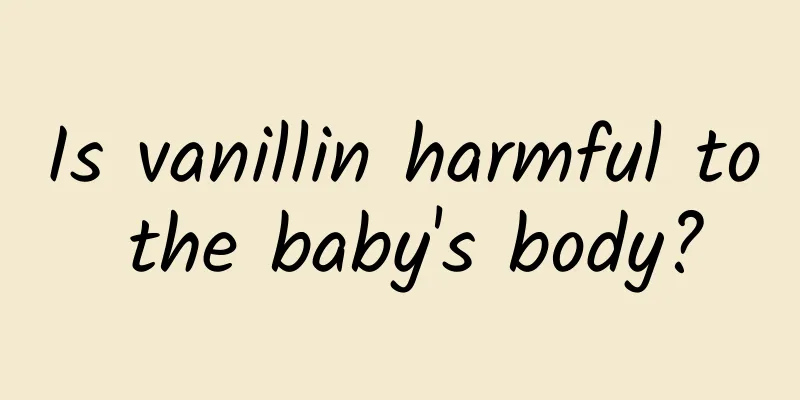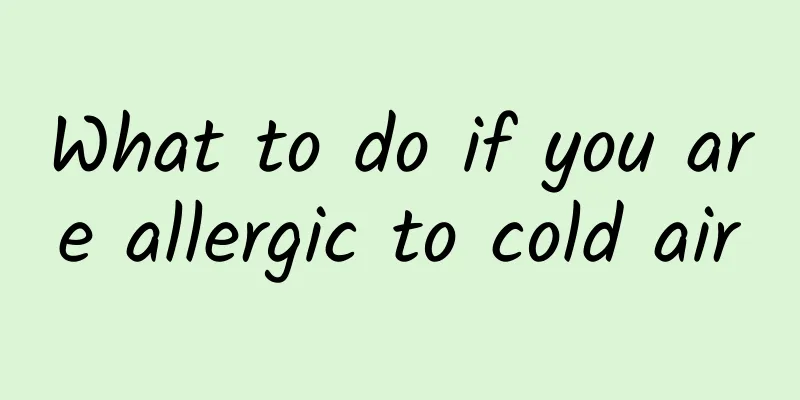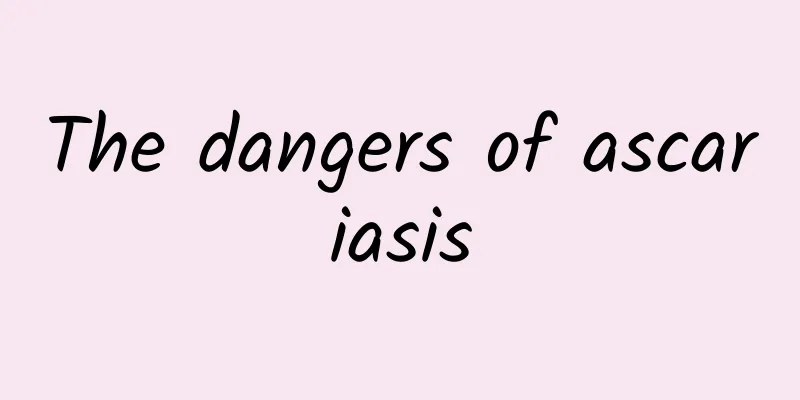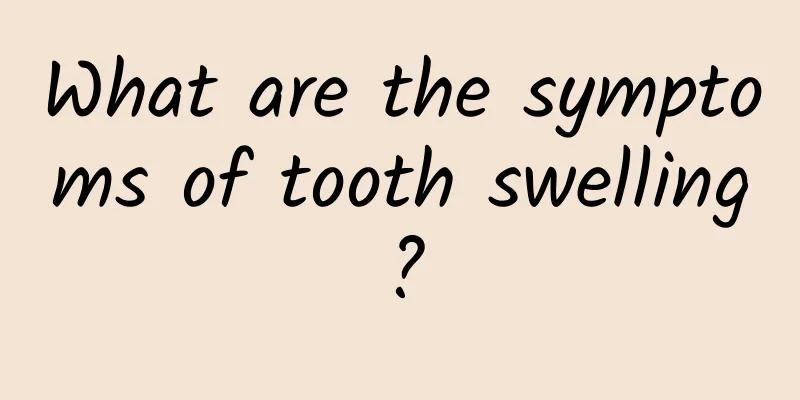Is vanillin harmful to the baby's body?

|
Vanillin is an additive that adds milk flavor. We usually add a small amount of vanillin to the food we eat, because vanillin can increase the aroma and taste of food. Vanillin is also added to some brands of milk powder. You should know that taking small doses of vanillin will not cause too much harm to the body, but if you take large doses of vanillin directly, many patients may experience dizziness, headache, nausea, and difficulty breathing. More serious patients will suffer from liver damage. The use of vanillin is actually not terrible, nor is it as magical as the Internet rumors, which will cause a great impact on brain cells. As long as you don’t simply buy vanillin and add it yourself, there is no problem if you find that the additives contain vanillin during the purchase of food, because these are all in accordance with regular proportions. When choosing milk powder and food for your baby, you must buy regular brands and go through regular channels. Vanillin It is a milk flavor additive Vanillin is a food additive allowed by the country, and adding it according to national standards will not cause harm to the body. However, consuming large doses can cause headaches, nausea, vomiting, difficulty breathing, and even damage the liver and kidneys. Many infant formulas contain Mainly to make the baby dependent on a certain brand of milk powder Eating vanillin is not terrible In the articles "exposing" vanillin circulating on the Internet, vanillin was pointed out as an excitotoxin that causes neurological disorders and leads to symptoms such as migraines and certain endocrine disorders. Certain types of obesity are also related to this. Some netizens even said that this neurotoxin can kill brain cells. According to the food safety risk analysis, vanillin is an aromatic organic compound with a wide range of uses. Its scientific name is 4-hydroxy-3-methoxybenzaldehyde, also known as vanillin and vanillic aldehyde. It exists naturally in vanilla beans. People have used vanilla pods as a spice for thousands of years. However, since the natural vanillin extracted from vanilla beans has a low content and is very expensive, in order to meet market demand, in the 19th century, synthetic vanillin with exactly the same natural structure using o-methoxyphenol and other raw materials appeared. With the advancement of technology, the production method of vanillin is constantly being improved. According to statistics, more than 10,000 tons of vanillin are used for food flavoring every year in the world. Except for a small amount that comes from nature, the vast majority is artificially synthesized. Given the importance of vanillin to the food industry, the global food technology community is very concerned about its safety. Based on the large amount of data accumulated from toxicology experiments, relevant research results and exposure assessments, it is believed that the rational use of vanillin is safe. Moreover, as a food additive, vanillin has undergone standardized and scientific food safety risk assessments, and will not cause harm to human health if used in accordance with relevant standards. There are regulations allowing fair use The Joint Expert Committee on Food Additives of the World Health Organization and the Food and Agriculture Organization of the United Nations evaluated the safety of vanillin and not only allowed its use in food but also established relevant quality specifications. my country also has a long history of producing and using vanillin, and is currently the main country producing vanillin in the world. According to the provisions of my country's current "National Food Safety Standard for the Use of Food Additives", except for the list of foods that are not allowed to add food spices and flavors and the maximum usage amounts specified in older infant and toddler formula and infant cereal-based complementary foods (the maximum usage amount of vanillin in older infant and toddler formula is 5 mg/100 mL, and the maximum usage amount of vanillin in infant cereal-based complementary foods is 7 mg/100 g), food spices and flavors may be used in appropriate amounts in various foods according to production needs, except as otherwise provided by laws, regulations and safety standards. |
<<: How much do you know about the functions of sunscreen products?
>>: Are mothballs harmful to the body?
Recommend
Want to live long and keep your mind empty
According to scientific research, human life expe...
Dietary taboos for women with hypothyroidism
Hypothyroidism in women is also a relatively comm...
A review of the treatment methods for chronic glomerulonephritis
Patients with chronic glomerulonephritis must pay...
Small pimples on the neck
Many friends feel very scared when they grow smal...
What to do if the gestational sac implants in the ovary
Anyone who has some common sense about pregnancy ...
Bad breath Chinese patent medicine
Bad breath is a health problem that many people h...
Can I drink mung bean water when I am pregnant?
Mung bean water has a good health care effect, es...
Can ordinary B-ultrasound show cleft lip?
Cleft lip is a developmental malformation and a c...
How to adjust to neurological disorders
Neurological disorders are quite common in life. ...
Ten-year-old boy has white hair
Usually, every young child has black and shiny hai...
How to cure acne caused by endocrine disorders quickly
Endocrine disorders are a major cause of acne, an...
What causes nausea and vomiting?
There are many reasons that can cause nausea and ...
Can Cassia Seed Lower Blood Pressure?
Cassia seed is a common food therapy product in p...
What to do if you have trouble falling asleep at night
About one-third of our lives are spent sleeping. ...
What is the difference between chickenpox and eczema?
Chickenpox and eczema are both common skin diseas...









